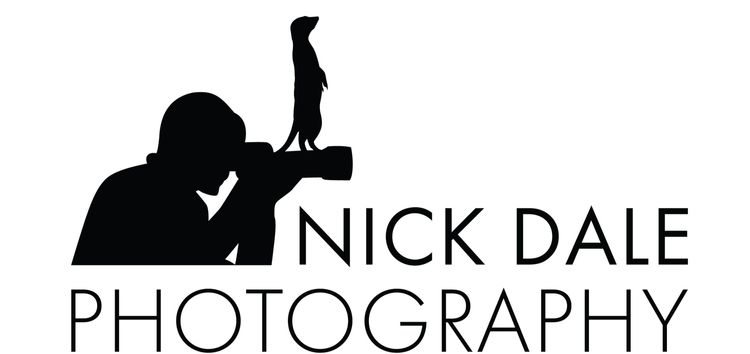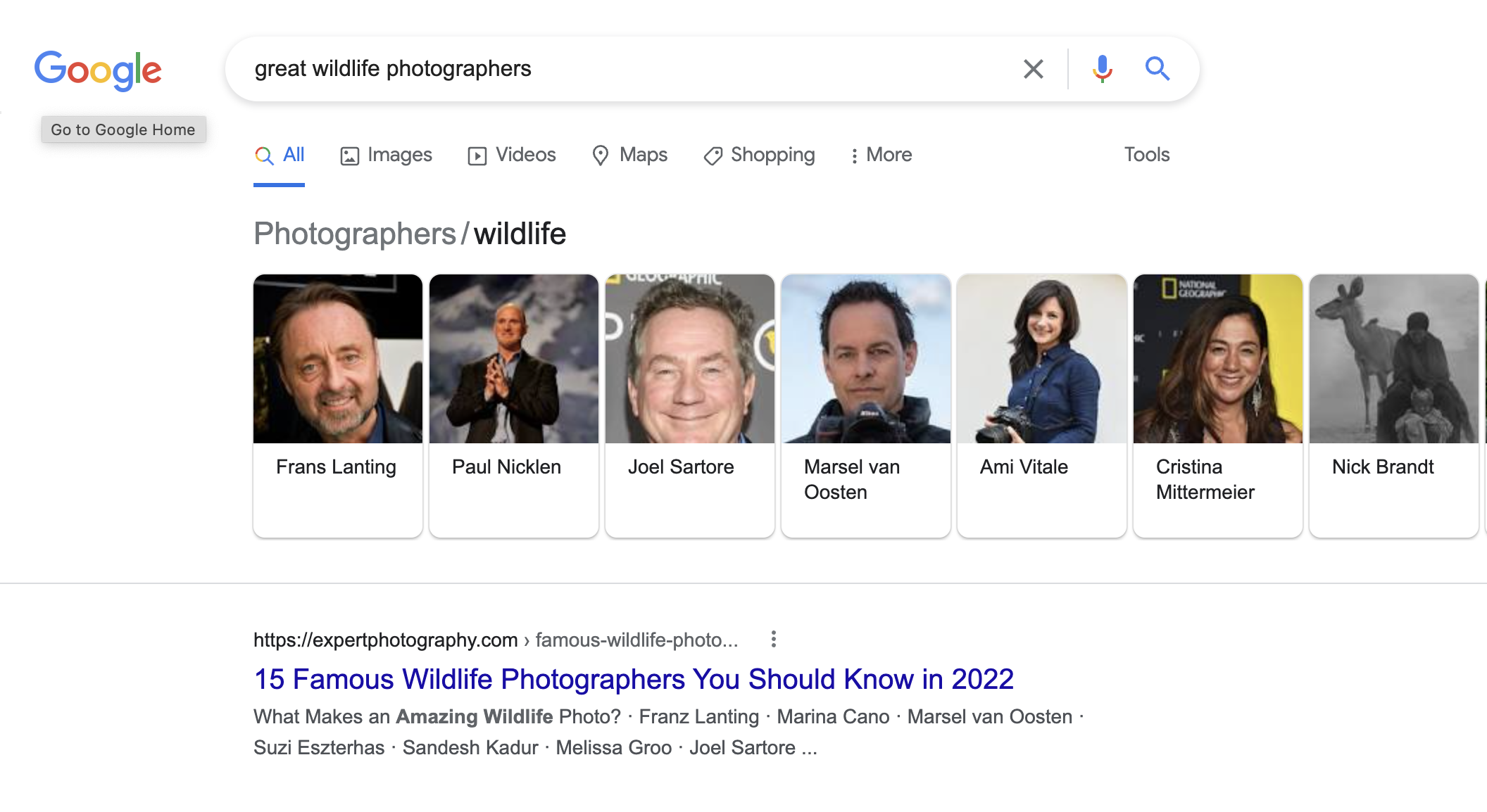Only eight steps? Really…?
I saw a post the other day on what makes a great wildlife photographer, and I didn’t like it. Not because it was badly written, but because there were an awful lot of generalisations that I’m sure don’t apply half the time. That’s why I decided to write this piece as a ‘how to’ guide instead. That makes a lot more sense to me. Yes, we can all admire our favourite wildlife photographers, but how does that help us get better ourselves? The answer is, it doesn’t.
So here we go. What can you do to become not only good but great…?
What Does ‘Great’ Mean?
First of all, we probably have to define our terms. The word ‘great’ is so commonly used that it’s become a bit of a cliché. How good does a goal have to be commentators call it ‘great’? Not very good at all, really!
To be fair, it is and always will be a subjective judgment. The Lord of the Rings has been voted the ‘greatest’ novel written in English, but experts and literary critics would probably award that honour to Ulysses or War and Peace. Why is that?
Does ‘great’ just mean ‘favourite’. I don’t think so. People probably think of their favourite book and think, “No, I can’t say that!” They then try and guess which of their favourite books other people would consider to be ‘great’.
So what do I mean by ‘great’? I agree that it’s subjective, so all I can do is echo the words of United States Supreme Court Justice Potter Stewart to describe his definition of obscenity: “I’ll know it when I see it!”
Having said that, I’ll try to be a little more helpful…!
1: Use the Best Kit
Photography is a money pit, and cameras and lenses can be incredibly expensive. However, if you want to reach the very top of your profession, you need to invest in the tools of the trade. I have a pair of Sony a1 full-frame mirrorless cameras and a selection of lenses that cover every available focal length from 12mm to 840mm (with a 1.4x teleconverter). They didn’t come cheap, but at least I know I’ll never miss a shot because of poor equipment…!
2: Work on Your Technique
It’s no good having great kit if you don’t know how to use it. When I first started as a photographer, I was so hungry to learn that I was constantly reading online articles and trying out new techniques. I watched Anthony Morganti’s whole series of YouTube videos to familiarise myself with Lightroom, and I tried to improve my technique and my workflow wherever and whenever I could.
Learning how to use your camera is a crucial step. I’ve met so many guests on safari who spend their whole time asking me how to focus, how to set the aperture or how to do something else. The whole trip ends up as a course in getting to know your camera!
3: Take Great Pictures
I know it’s a circular argument, but in order to be a great photographer you do need to take great pictures. Content is king, and the only way you’ll reach the top is by producing great content.
I look back at some of the pictures I gave five stars on my very first photography trip in 2013, and I’m embarrassed now. How could I think they were any good? Well, the answer is, my standards have obviously risen. That doesn’t mean I always
4: Develop a Following
Greatness implies fame. There’s no two ways about it. There has to be a collective appreciation of someone’s ability. That means you have to get your photos out there for people to see. Create a website, publish your favourites on Instagram or Facebook, put on exhibitions, show your friends your latest pictures—all these can help.
Of course, many photographers are already doing all those things, but they wouldn’t be regarded as ‘great’ except in a casual, conversational way. So what can you do? Well, you just need to do all those things better than everyone else. You might need help from an ad agency or a friend who works in marketing to get you started, but that’s the ultimate goal. Personally, I’ve had the most success from YouTube and Facebook:
A guest sent me a few videos of four male lions taking down a Cape buffalo in the Serengeti, and seven of them ended up getting over a million views!
I’ve joined dozens of photography Facebook groups, and I post to them every day with a piece of advice illustrated by one of my photos. It must be working because my page reach is now over 100,000 people…
I’ve also started writing books and articles for Expert Photography. I wrote an ebook on wildlife photography to begin with, and they liked it so much they asked me to do another one on social media. I sold over a thousand copies, and after a few months they invited me to start writing articles. This is a great gig as I can simply work my way through my inbox at my own pace, choosing to write as much or as little as I like. Expert Photography is the number one source of photography articles online, so I’m sure it must be raising my profile and increasing my brand awareness!
5: Enter Competitions
It’s fun to enter competitions—and even more fun if you win! However, it’s also a good way to become much better known. Hardly anyone among the general public knows the name of wildlife photographers, but winning Wildlife Photographer of the Year, for instance, would guarantee a lot of Press coverage and give you pride of place in the exhibition at the Natural History Museum, which is visited by thousands of people every year.
6: Champion a Cause
Many wildlife photographers are conservationists and support charities set up to protect the natural world. This is a great opportunity for free publicity. People generally love a ‘green’ cause, and you can raise your brand awareness by associating yourself with an environmental campaign. Paul Goldstein runs marathons to save the tiger, but if that’s just too exhausting for you, you can always find another cause that’s close to your heart.
7: Enter a Related Business
It’s very difficult to make a living as a wildlife photographer these days, so it’s advisable to branch out into a related field. That might mean leading tour groups, giving talks or doing what I do, which is to work as a residential photographer at various safari lodges in Africa. I get free board and lodging in exchange for copies of my pictures, which is a great way of saving money and spending more time photographing wildlife.
Whatever you choose do, there are lots of ways in which you can increase your knowledge, build your brand and earn a much needed salary!
8: Be Lucky!
All of these steps would be worthless without a little bit of luck here and there. You never know when you might need it, but it sure does help…!
Verdict
We all want to reach the top in our chosen profession. There’s a lot of competition in wildlife photography, but you should have a decent chance of success if you follow all the steps in this guide.
One question remains, though: how do you know if you’ve made it? Well, you could do worse than Google ‘great wildlife photographers’ and see which names pop up. Judging by the screenshot at the top of this article, it’s people like Frans Lanting, Paul Nicklen and Joel Sartore.
That’s what you’re aiming for—to get your name on the first page of Google’s search results. Good luck…!
If you’d like to order a framed print of one of my wildlife photographs, please visit the Prints page.
If you’d like to book a lesson or order an online photography course, please visit my Lessons and Courses pages.

